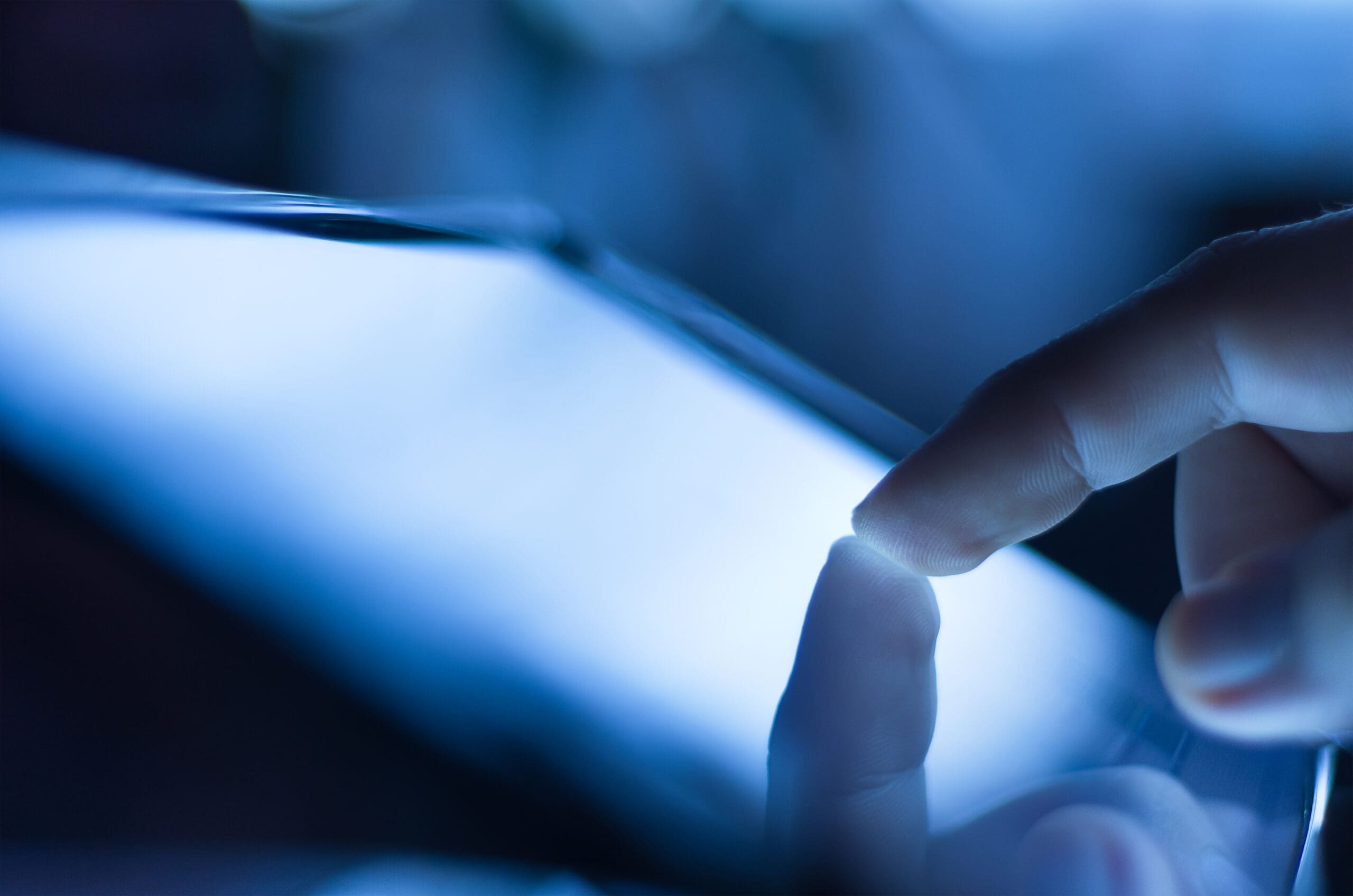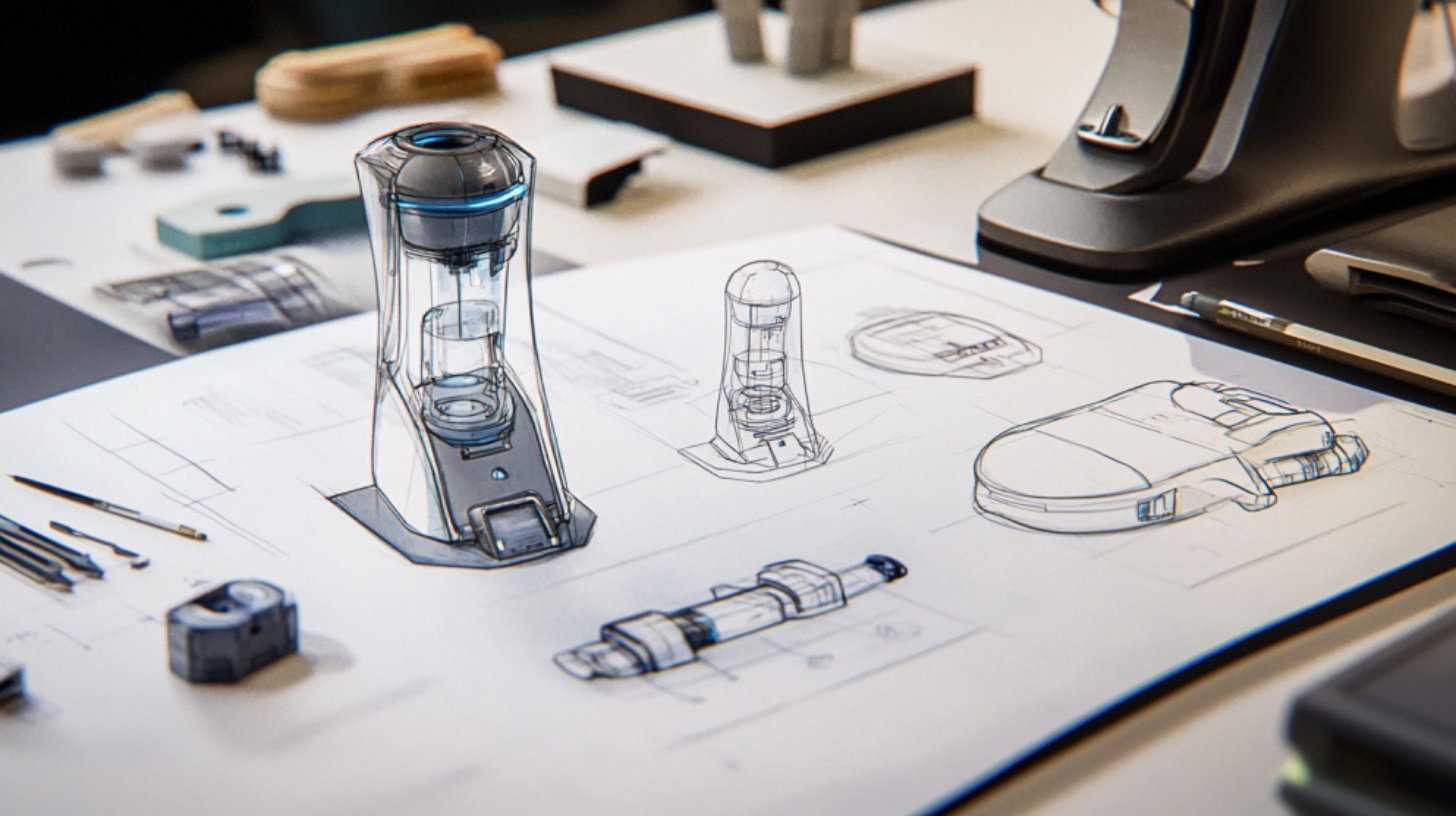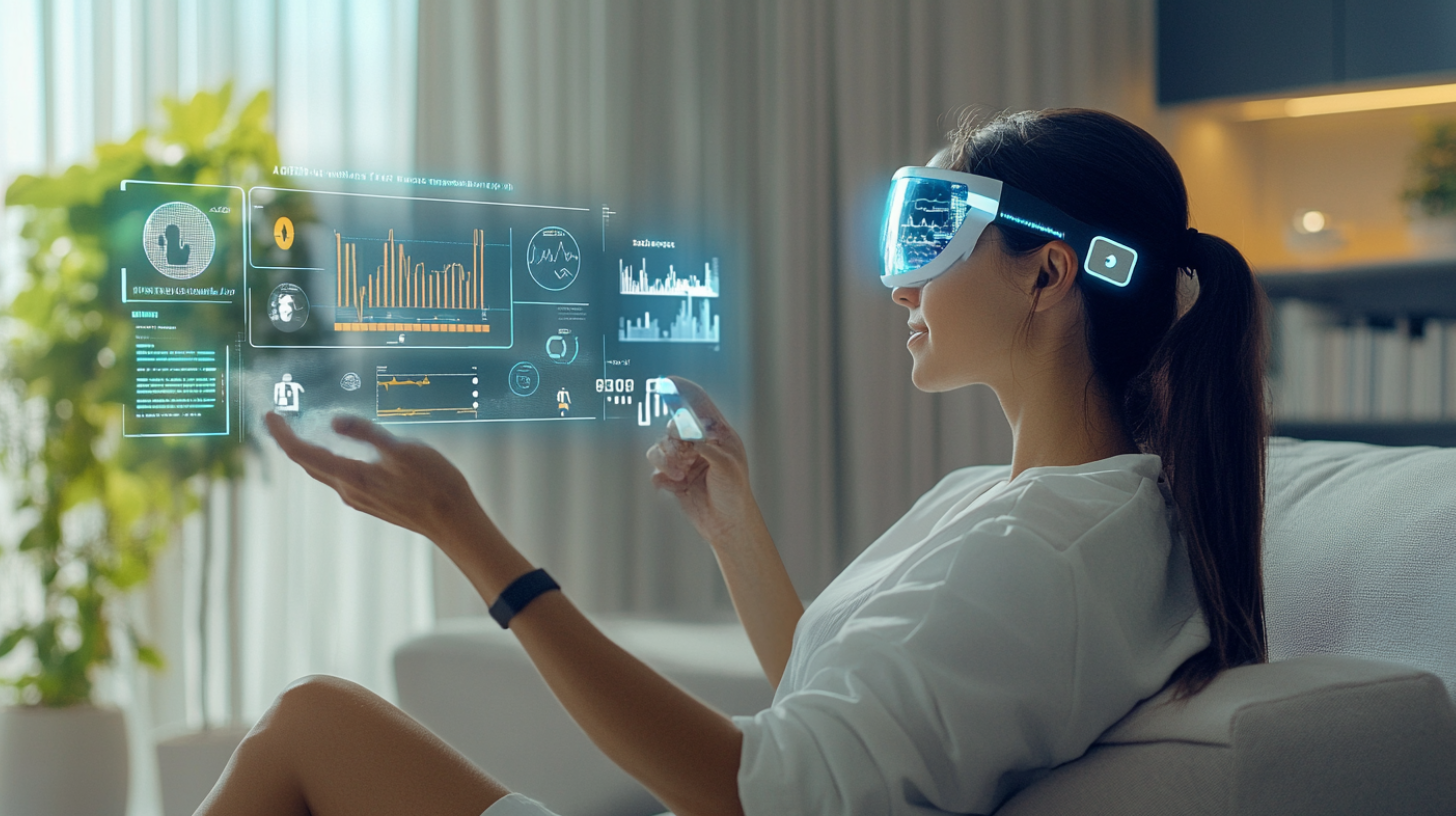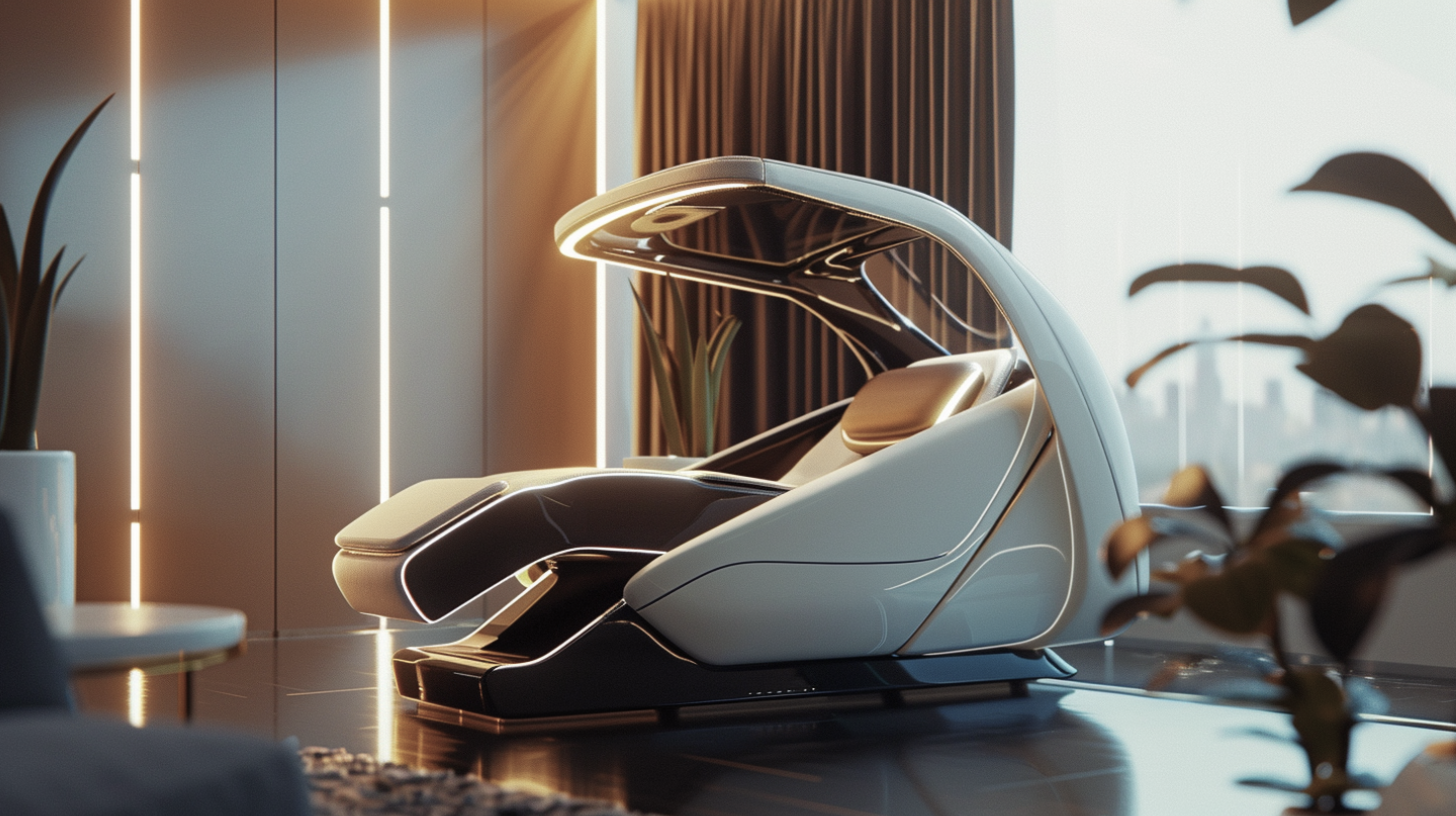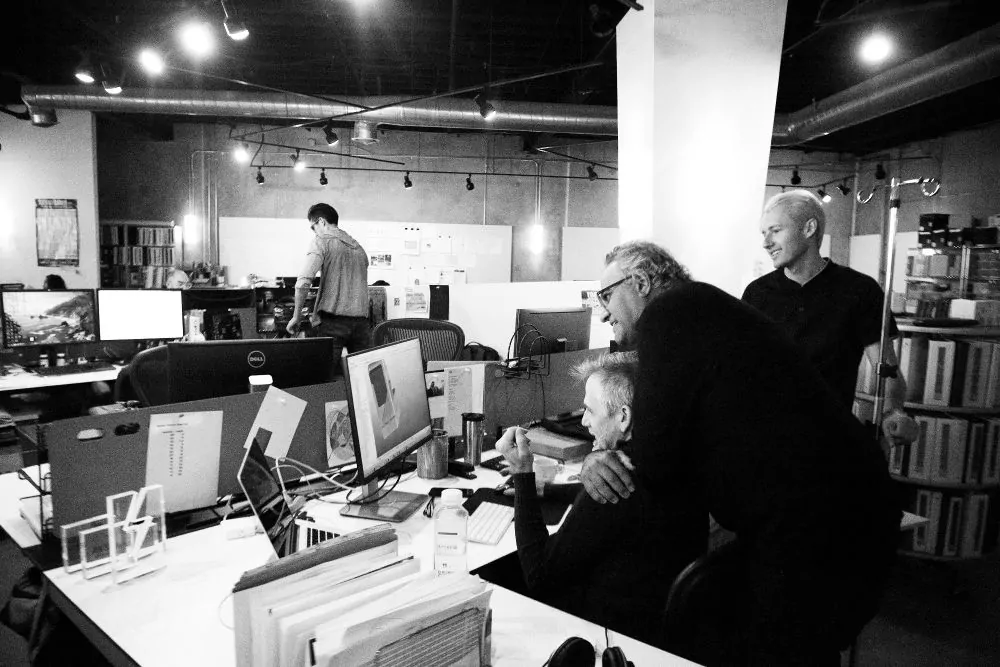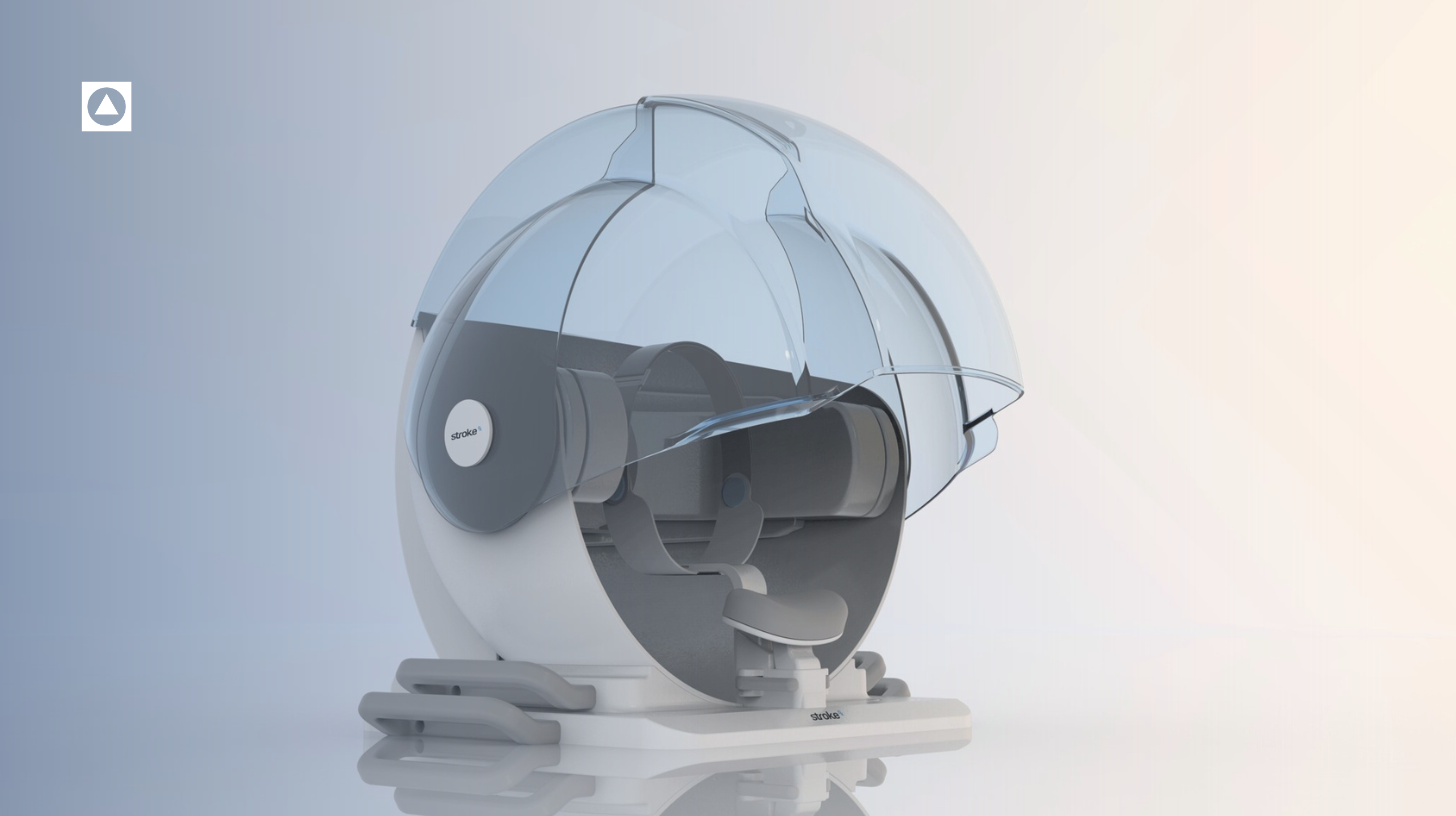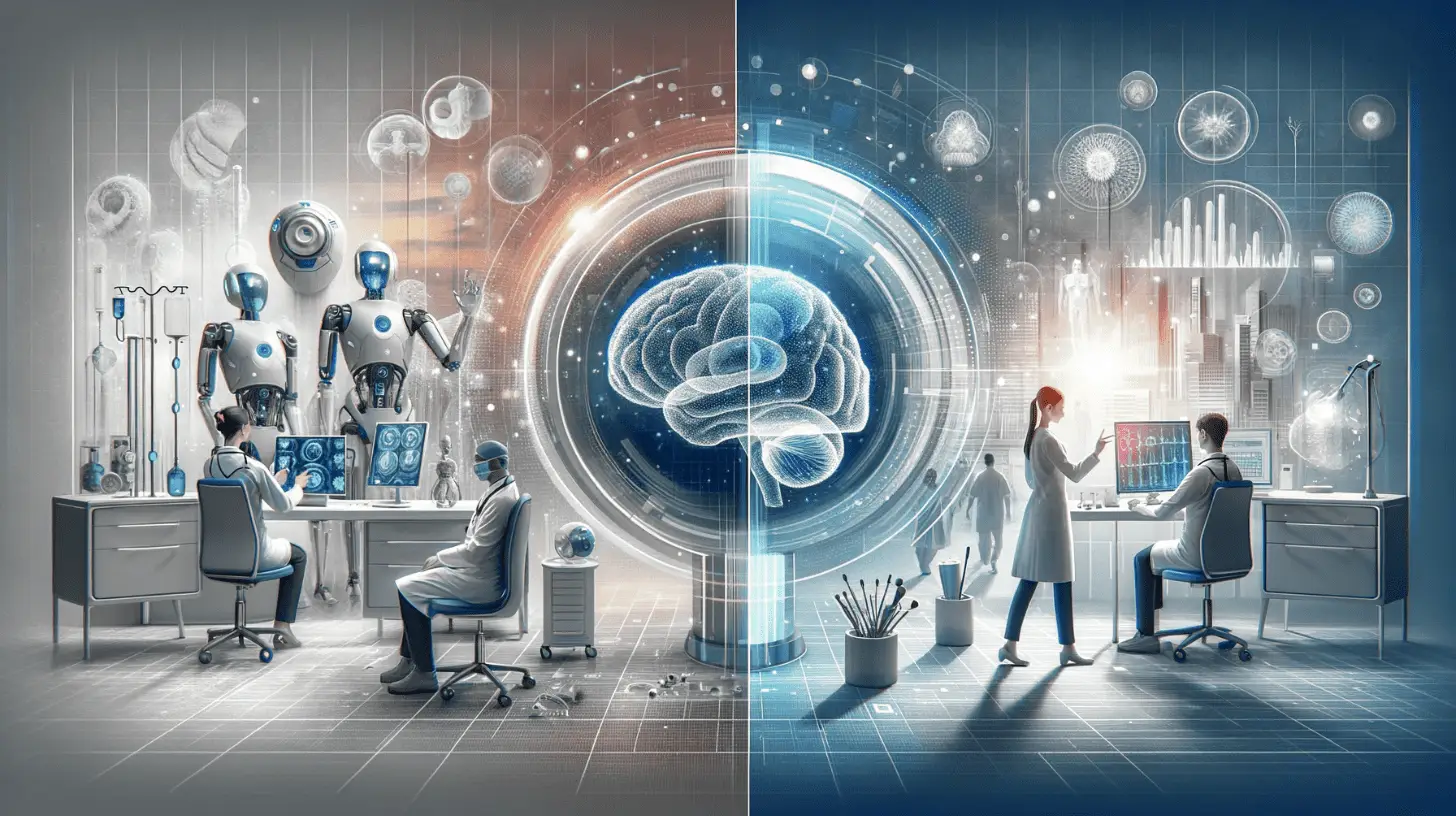“It’s not what technology is doing for us, it’s what technology is doing to us”
While they achieved mass adoption with the iPhone, touchscreens have been around since the 1970s, when I worked on the very first ones. Since then, they have confirmed the needs identified then – the human desire to connect with computers and the computer’s ability to respond to human needs have far outpaced the simple button. Looking ahead we can use those same insights to predict where touchscreens and technology, in general, might go.
Looking back
Let me give a little background first – it’s really true that you can’t predict your life, or the opportunities you will be given. This was the case for me. I was hired right out of college after studying design. I was hired and recruited by the industrial design and human-faculties design program for Xerox Advanced Development. At that time XEROX Advanced Development was working on technologies that would later drive the internet revolution – but we didn’t know it yet.
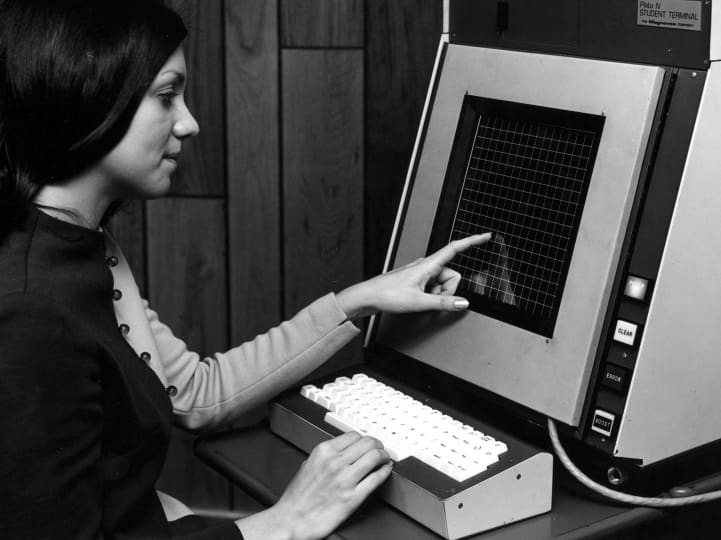
While I was at Xerox, they were working on the defining technologies of the next decades. Technologies like scanners, laser printers, ethernet, email, and graphic user interfaces (GUI) were all developed, at least in part, by the Xerox Advanced Research Group during my time there. For instance, Xerox developed a technology that enabled you to scan a picture or type in a document, compose the two, and either print it or email or fax it digitally all over the world. Xerox was looking beyond the copier, to where digital publication was going. That’s the reason they cared about touchscreens.
Touchscreens were needed because physical buttons couldn’t match the capabilities of the newest computer and software. For example, control panels and buttons could only go so far in helping someone create a magazine or newspaper on a computer. In fact, this capability was so intense, we simply couldn’t put enough buttons in front of a user to reasonably do what they needed to do. To overcome this problem, we had to create a technology where the buttons could change. At first, touchscreens were made on computer monitors and were 5-7 inches. They were tiny, but they allowed a user to scan in a photograph, take the corner of it, and drag it with their finger to make it larger. Sound like an iPhone?
XEROX had worked with Carol Technologies to develop a process whereby you could shoot LEDs in front of a computer screen, which would create a grid that would be broken by a finger, allowing the software to determine where the finger “touched”. The specific technology used has long since been relegated to history, but it was advanced at the time. In fact, if you replace LEDs with electrical current, this strategy is the same strategy behind the conductive touchscreens used today in the iPhone.
There’s a difference between a technology that works and a technology that is used. I was brought in to make sure the technology would be used. Despite the fact I was the youngest designer in the company by 15 years, my boss (and now close friend) Frank Zinny asked me to go over and work with the touchscreen team. The team had 15 Industrial Psychology PHDs, Five human-factor specialists, and 200 programmers. Over the course of that time, I focused on interaction hierarchy, user experience, critical information, and button design. I also focused on getting people to touch the screen – at that time everyone had been told touching screens were “bad”. Leading the user through interactions myself, I worked to reprogram this interaction, so users understand that touching “touchscreens” was okay.
A few years after leaving this team, I developed the underpinnings of Psycho-Aesthetics: “It’s not how the design makes you feel, it’s how the design makes you feel about yourself”. Design is just a tool that can motivate and reward people to do something new. In the case of touchscreens, users would never investigate a touch screen because they’d never seen one before. To get them to do it, I had to empower them to self-actualize.
Looking Around
Touchscreens are now beginning to include haptics that engage the sense of touch and motion. This haptics gives people physical affirmation – the device is speaking to you. We like things that respond to us, we like other people to respond to us. If someone doesn’t respond to you, you don’t like them. Whether it’s the latch on the door that opens, or the magnetic feel when you close your laptop, we’re all looking for something more than a visual lifeless experience. We’re looking for something more human-like. When we find something human-like it makes us feel more human-like. It’s self-affirmation. We’ve spent hundreds of hours designing the feel of a toothbrush in a hand, and the click of a washer as you turn a button. When you hit this need for affirmation it just works.
Because of COVID and lack of human interaction, the need for affirmation has grown and changed. Lifeless touchscreens have created new industries, but we’re going to need to dig further. Design and innovation don’t stop. Now, more than ever we’re going to need better design, more haptics, better interaction. My friend and cultural anthropologist Bob Deutch always tells us that we look at any new stimuli the same way – it’s our humanity. We ask: is it like me? Does it like me? Can it make me more?
Looking ahead
I’d like to offer a few more thoughts on where the design will take us. At Xerox, we were looking for what technology could do for us. Over the next decades, we should be looking at what technology will do to us.
The touchscreen, in particular on phones, has become so natural and intuitive that we can navigate large numbers of features intuitively. Because the connection between your fingertips and your brain is so immediate – there’s an immediate connection between phones and their users. New studies have shown that people feel a loving emotional connection with their devices, and they will give up almost anything to be able to use their phones. Why? It’s this emotional connection facilitated by the touchscreen.
It has always taken a lot of positive motivation to take people to do new things. Now it’s not just about what technology can “do for me”, it’s also about “what it does to me”. To motivate users of the next generation of technologies, we’ll need to begin thinking about what technology does to people, not just for them. And in doing so we should keep in mind our humanity. As humans, we’re always looking to be more today than we were tomorrow. The revolutionary technologies of tomorrow will answer this very basic need.
Ravi Sawhney
September 2022

